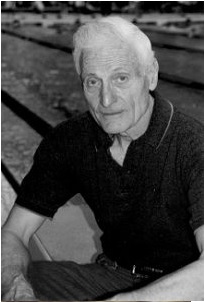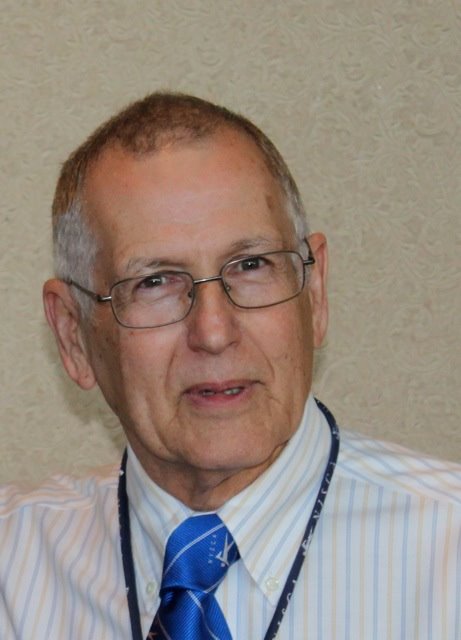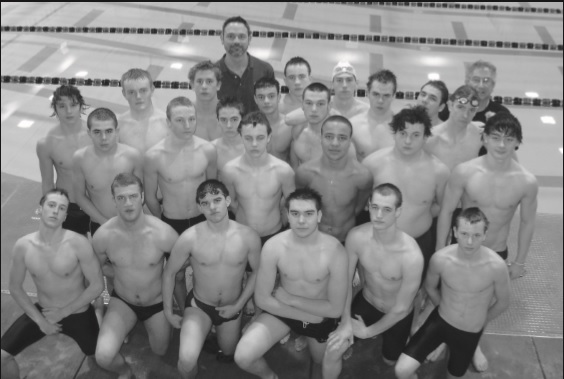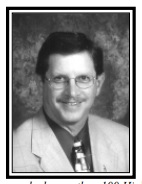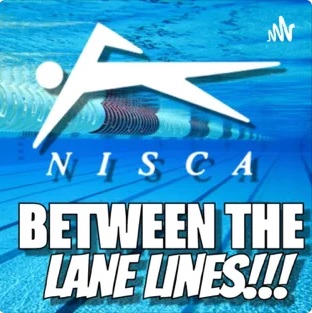Mindsets: Developing Swimming Talent Through a Growth Mindset
About a year ago I read a very short but laudatory book review by George Block in the ASCA Newsletter. I promptly read Mindset by Stanford psychology professor Carol Dweck and was amazed at the immediacy of the new lens that Professor Dweck gave me for looking at the swimmers I coach. I sent the review to Carol, a friend from her days at the University of Illinois, and asked her if she’d write an article that introduced swim coaches to her ideas. This article, modifi ed from an article Carol wrote for Olympic Coach (V 21 #1 2009) and from Mindset, is the result of our collaboration:
Coaches are often frustrated and puzzled. They look back over their careers and realize that some of their most talented athletes—athletes who seemed to have everything-- never achieved success. Why? One answer as seen through Dweck’s lens is that they didn’t have the right mindset.
Dweck’s research identifies two mindsets that people can have about their talents and abilities: a fixed mindset and a growth mindset.
Those with a fixed mindset believe that their talents and abilities are simply fixed; they are born with a certain amount and that’s that. Swimmers with a fixed mindset who have a lot of natural talent may achieve great results early in their careers, without major effort, because of that natural talent. Being singled out as special and praised early on for their achievements can foster in them a sense that they will continue to be able to do well without the efforts that others have to make. This may be true, to a point. But with most of the swimmers who rely primarily on natural talent, there comes a time when they plateau. Since to that point they have always been special without having to sweat, struggle, and practice like other athletes, they may become so frustrated when they encounter obstacles or plateaus that they give up. The fixed mindset in these swimmers leads to the (false) belief that their natural talent will always keep them at the top of the heap. When they are not at the top of the heap, they experience so much shame that they often can’t bear to go on. They can’t give up their position of specialness, so they never progress to fulfill their potential.


